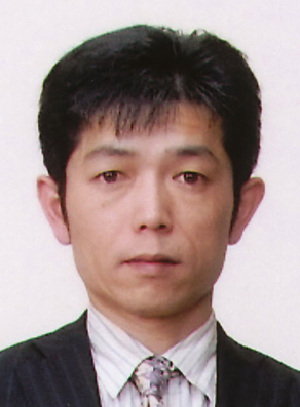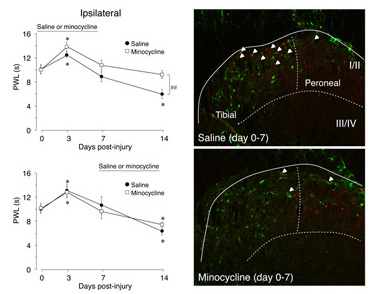【Major Papers of the Laboratory】
・Activation of microglia and p38 mitogen-activated protein kinase in the dorsal column nucleus contributes to tactile allodynia following peripheral nerve injury., Neuroscience, 153(4), 2008
・The roles of NMDA receptor activation and nucleus reticularis gigantocellularis in the time-dependent changes in descending inhibition after inflammation, PAIN, 97(1-2), 171-181, 2002
【Education】
We are primarily involved in gross anatomy, particularly focused on the orofacial structures. During these courses, students in dental school get the fundamental and essential knowledge of dentistry. Human cadaveric dissection will provide students understanding the complex and functional morphology of human body and opportunity to think about life, death and medical ethics.
【Research】
Although the physiological pain sensation is necessary for biological defense mechanisms, abnormal pain sensations such as neuropathic pain are significant health problem. Despite extensive research effort, currently available treatments for neuropathic pain are either insufficient or exhibit serious side effects. We are trying to clarify the mechanisms underlying the development of neuropathic pain and to find appropriate treatments. Recently, we are interested in the interaction between neurons and glial cells in the central nervous system after peripheral nerve injury.
【Photo explanation】Administration of minocycline, an inhibitor of microglial activation, prevented the development of neuropathic pain and reduced the nerve injury-induced anomalous convergence of nociceptive inputs to spinal dorsal horn neurons, as revealed by double immunofluorescence labeling for c-Fos induced by noxious heat stimulation of the hindpaw and phosphorylated extracellular signal-regulated kinase (p-ERK) induced by electrical stimulation (ES) of the injured tibial nerve.

 Home
Home



